
Feeder activity isn't F always consistent throughout the year. You may notice an uptick in guests in the winter, because a lot of natural food is frozen or hidden under blankets of snow. Birds are generally less territorial in the nonbreeding season, too, so they are more tolerant of sharing space at the feeder.
So it's time to top off the seed supply, pour yourself a cup of hot cocoa, and enjoy the snow birds with these top tips and tricks for winter bird-watching.
FOCUS ON FEEDERS
Many birds grow extra down feathers in winter. The puffed-up feathers provide insulation against the elements. Yet winter is still a battle for survival for birds. Feeders with high-fat foods such as suet and peanuts give feathered friends a boost. Woodpeckers are especially fond of these calorie-rich treats, so to attract them to your yard, consider a double suet feeder or one a with a long tail prop that allows them to use their tails as a tripod as they feed. Planting native berry-producing shrubs also provides much-needed nutrients for many species as winter settles in.
WET THEIR WHISTLE
Water is an especially attractive offering that entices birds during the colder months. Adding a heater keeps your birdbath from icing over, giving birds a dependable place to drink (although they won't use it like a birdie hot tub to warm up). Beyond the backyard, natural areas with open water are magnets for birds in winter. Congregations of waterfowl flock to large rivers and coastal areas. Use your car as a portable blind while you scope for large groups of cold-tolerant ducks, geese and swans.
This story is from the {{IssueName}} edition of {{MagazineName}}.
Start your 7-day Magzter GOLD free trial to access thousands of curated premium stories, and 9,000+ magazines and newspapers.
Already a subscriber ? Sign In
This story is from the {{IssueName}} edition of {{MagazineName}}.
Start your 7-day Magzter GOLD free trial to access thousands of curated premium stories, and 9,000+ magazines and newspapers.
Already a subscriber? Sign In
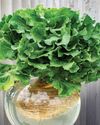
Basics of Hydroponics
Use these top tips and plant picks to have a successful soil-free garden
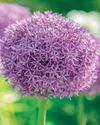
Rooted in Resilience
These hardy perennials will thrive in most zones
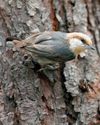
Social and Supportive
Brown-headed nuthatches take a helpful approach to raising their young

All About Owl Pellets
And why you should give a hoot about them
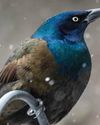
Ask the Experts
Advice from our pros about houseplants, bird feeding and more
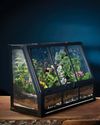
BRING THE OUTDOORS IN
Making a terrarium is about as close as you can get to a Zen DIY project. Once you have gathered the proper materials and squared away your plant selections, it's as simple as layering it all together and watching your mini ecosystem thrive. Here, I'll walk you through my foolproof process and cover all the required elements for good filtration, healthy soil, strong root growth and resistance against fungus and disease.

GROW THIS. NOT THAT
Six easy-to-grow houseplants—and six that may not be the right choice for you
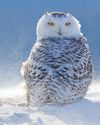
Winter MAGIC
Forecasts may be frigid, but grab your binoculars because birding opportunities are still incredible

Sense or Nonsense? - Why some birds can taste and smell - but others can't
Does a porcelain berry taste like a blueberry to a gray catbird? Does a block of lard smell like frying bacon to a northern flicker? The short answer is no. While some avian species do have a well-adapted sense of taste or smell, they can't distinguish between flavors and odors the way humans can. They're not picking up every ingredient in the suet you put out, says José Ramírez-Garofalo, an ornithology researcher at Rutgers University in New Jersey and the director of Freshkills Biological Station in Staten Island, New York.
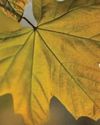
Maple Mania - Amazing facts about this fall foliage mainstay
Amazing facts about this fall foliage mainstay